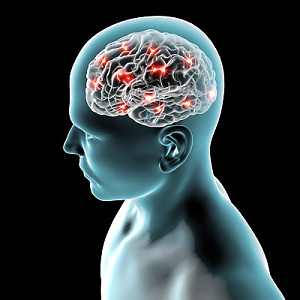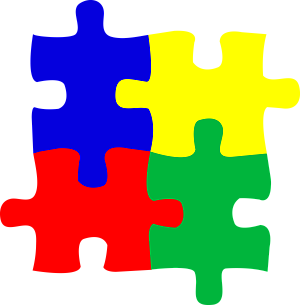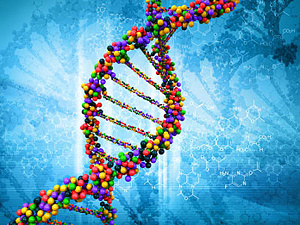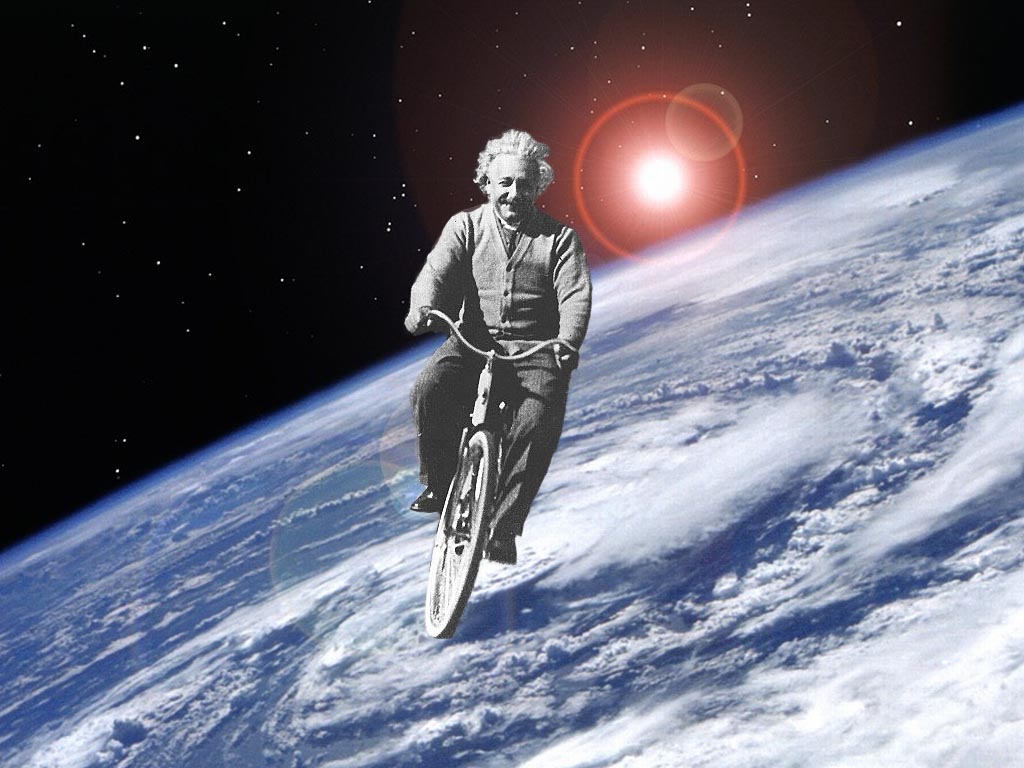| By: Paul S. Cilwa | Page Views: 3819 | ||
| An overview of the Inner Aspects of YOU. | |||

The Twelve Inner Aspects
Suppose you take a piece of paper and fold it in half…then fold it again
(it will be in quarters), then again (eighths). As you hold the folded paper and
look along its side, you see what looks like many
pieces of paper. Only when you inspect the corners is it clear that the
edges
are, in fact, folds; and that the separate pieces of paper
are, in fact, merely facets of one, larger, simpler, object.
Similarly, there is more to you as a person than any one aspect. One individual might be an artist, on the volunteer fire department, have a mild form of diabetes, be black, and gay. Which of those attributes describes that individual most? If he or she had to pick just one, which should be picked?
Of course, the right answer is that you can't pick one. All of those things are part of an individual; to omit any from consideration is to disregard that individual's wholeness.
But, where are these attributes stored? We know where the heart is, and the
spleen and the kidneys. Where is the artistic organ
? Where is altruism stored?
Where does one keep one's nationality, religion, or sexual orientation?
Just as a piece of paper can be easily folded in our world of three spatial
dimensions, so that what is one and whole can appear to be many and separate, so
is our individual reality folded, over and over, along dimensions beyond that.
Our true selves are multi-dimensional beings; each lifetime is but one
expression of that being. These expressions occur by folding the Innermost
Self so that different lifetimes face
the three-dimensional Universe in
different eras. Similarly, the seeming complexities of each lifetime are really
just the simple Whole, finding expression through different dimensions. We call
these complexities aspects, because they are faces of the whole as seem
from different perspectives. Because these complexities are faces presented by our innermost
selves, we call them Inner Aspects. As is suitable for Humankind's
current level of understanding, we can most easily deal with these aspects
by counting twelve of them.
The twelve Inner Aspects reside within us. They resonate in harmony with our outer experiences. If you took a pebble and dropped it into a pool of calm water you would see rings emanate from its point of entrance into the water. These rings may seem to be ethereal in nature and yet are experiential in relationship to us; it's the same with the Inner Aspects.
The Inner Aspects seem to have a physical location and, at the same time, they don't. In one sense, one looks inward to find the first Inner Aspect; then within that to find the second, and so on. Thus, the deepest of the Inner Aspects requires the most introspection to perceive.
Since the Inner Aspects interact profoundly with the Fields and the Systems, any change to an Inner Aspect shows up almost instantly in the matching Field and System; likewise, a change to a Field or System will produce an effect on the associated Inner Aspect.
Physical

The first Inner Aspect is the Physical body, itself. Alone of the combination of Inner Aspects and Fields, the first is the only one that is entirely coincident: The Physical Inner Aspect (the Body) is the same as the Physical Field (also the Body). And yet, there is a difference: The Physical Inner Aspect is the inside of the body, the part that only surgeons see. Moreover, it is the idea of the body, more than the body itself. It is, therefore, the genes—the body's DNA pattern (genome).
Electro-magnetic

The second Inner Aspect is the Electro-magnetic, that is, the nerve body. As electrical currents race around the body, the second Inner Aspect is activated.
Emotional
The third Inner Aspect is the Emotional. This is the aspect of your being in which chemical reactions take place. The feelings of fear, joy, and anger are all the result of various hormones and physical reactions.
Mental

The fourth Inner Aspect is the Mental. It corresponds more or less to the primitive brain. In fact. surgeons can trigger memories and patterns by applying electrical currents to those portions of the brain. However, the memories are not actually stored here; they are stored in the corresponding third field. The fourth inner aspect merely accesses them.
Intentional

The fifth Inner Aspect is Intentional. You can think of it as enabling a deeper kind of thought than the Mental. This Inner Aspect supports your ability to plan, to improve, to build.
Cognitive

The sixth Inner Aspect is Cognitive. This is your connection to the Realms of Understanding. When your Intuition is activated, you know without having rational reason to know. And—you are right (at least, for yourself).
Integral

The seventh Inner Aspect is the Integral. This refers to the integrity of an entity that is not missing any pieces. Beyond Wholeness, there is no individual—there is only Oneness. That doesn't work in our Universe; in fact, that's why these Inner Aspects came into being. The seventh Inner Aspect, then, works as a buffer zone to isolate us sufficiently from our Oneness (All That Is) so that we can perceive ourselves as individuals.
Morphogenetic

The eighth Inner Aspect is the Morphogenetic. A conventional prism transmits light, but transforms it in the process: sometimes reflecting it, sometimes transmuting it into its component frequencies. The Prism Inner Aspect works the same way, except the Light it works with is the Divine Light of Creation. Through this Inner Aspect we perceive as much of God as it allows us to. It is also through this Inner Aspect that God perceives us.
Transcendent

The ninth Inner Aspect is the Transcendent. With this Inner Aspect we rise above mere physicality, finding ourselves able to navigate the realms beyond this physical universe. Since such navigation requires these realms be perceived (by a being whose physical body was not designed to perceive them), the Truth of this Inner Aspect is I PERCEIVE.
Intuitive

Intuitive is the tenth Inner Aspect. This is sometimes called Buddha consciousness.
When your tenth Inner Aspect is activated, you find yourself understanding,
in the most profoundly possible sense, how the Universe works and what your
place in it is. This isn't knowing
in the sixth Inner Aspect sense;
those are just intuited facts. This Inner Aspects supports your appreciation of
causes and reasons.
Conscious

Such understanding can lead to an activation of the eleventh Inner Aspect, the Conscious. When you are truly conscious, you are aware of everything you do, think, and say, and why you do, say, or think those things. Moreover, you are able to make conscious choices beforehand, so that your actions, thoughts and words support you in your true purposes, from a multi-dimensional sense. Operating in the eleventh Inner Aspect, there is no karma, no accidents, no coincidences. Everything is understood and purposeful.
Unifying

When you choose to activate your twelfth and ultimate Unifying Inner Aspect, you find yourself a totally integrated and fulfilled Human being. Or, more accurately, in your twelfth Inner Aspect, you are a totally integrated and fulfilled Human being.



